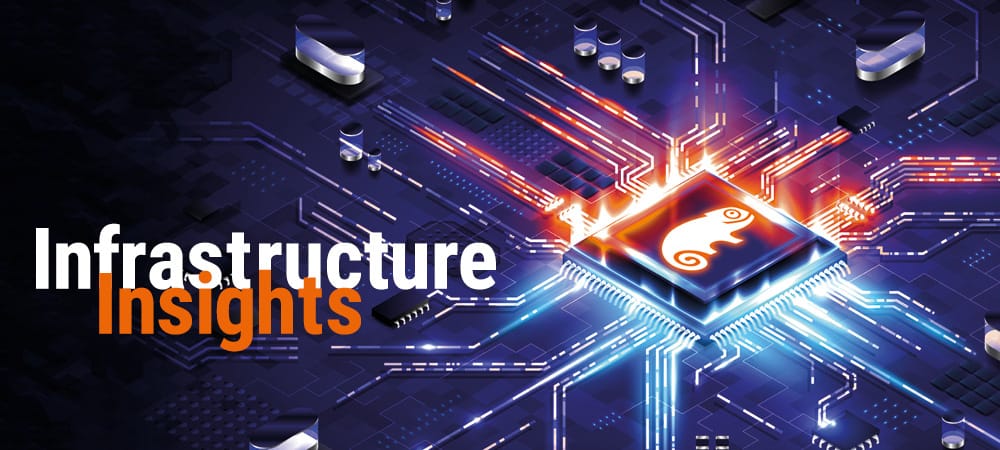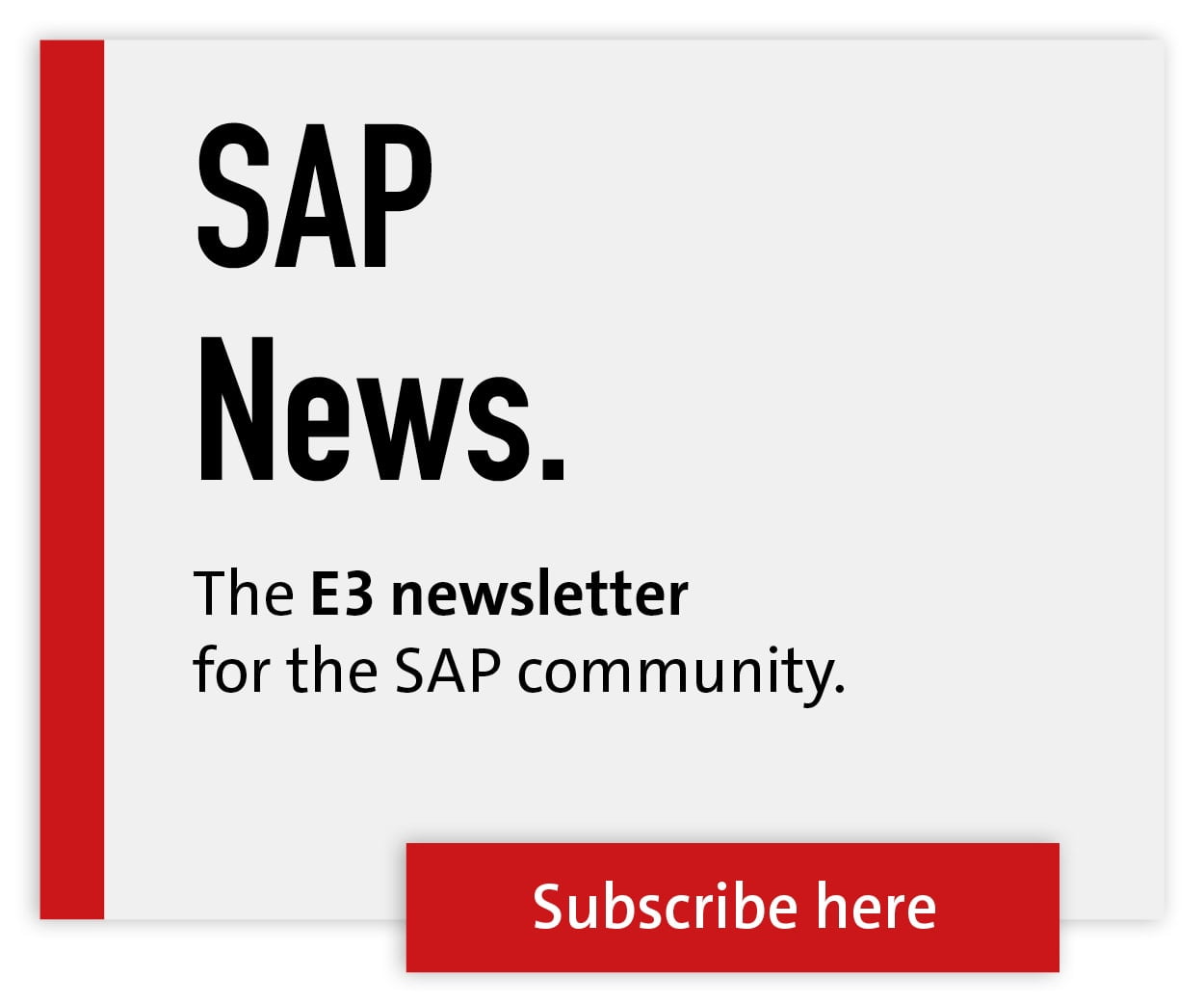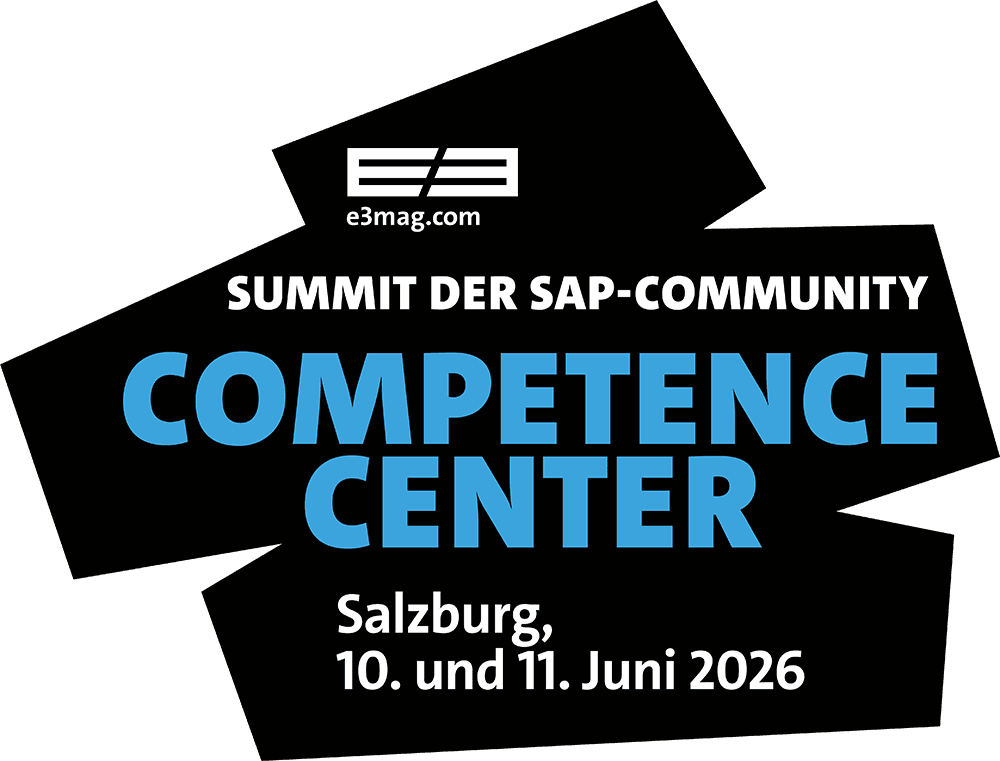Clean-core strategy with hybrid integration and AI


The latest edition of the DSAG Investment Report underlines how great the need for guidance is. Many existing SAP customers want more clarity on how the transformation to S/4, cloud and AI can succeed - without creating new dependencies or jeopardizing established processes.
The hybrid cloud is the right approach for many companies in this situation. It allows the use of new functions and architectures - for example via the SAP Business Technology Platform - and at the same time the continued operation of business-critical systems under their own conditions. But even this approach is not a sure-fire success. If you want to set the course with foresight today, you need to know and evaluate technological options and transform them into an operating model that is sustainable in the long term.
S/4 and SAP Integration Suite on BTP
SAP landscapes are increasingly moving between two technological worlds. On the one hand, there are highly individualized S/4 ERP systems and databases that traditionally run on Linux-based, virtualized infrastructures. On the other hand, containerized applications are gaining in importance - for example, extensions to the Business Technology Platform or edge-related services such as SAP's Edge Integration Cell. This hybrid operation requires platforms that support both worlds. This is precisely where Suse comes in as a long-standing technology partner of SAP - with a comprehensive solution portfolio for the classic SAP stack and modern Kubernetes architectures.
SAP Hybrid Cloud with Linux and Kubernetes
Traditional SAP systems have been able to run stably and securely with Suse Linux Enterprise Server for SAP applications for many years. The platform is certified for SAP and comes with numerous enterprise functions - including Suse Linux Enterprise Live Patching, the Suse Linux Enterprise High Availability Extension, Trento and central administration via the Suse Multi-Linux Manager. Around 80 percent of all Hana installations today run on Suse Linux Enterprise Server for SAP applications - and SAP itself also operates the Rise with SAP offering on the Suse operating system.
For containerized SAP components such as the Edge Integration Cell, Suse now offers Suse Rancher for SAP Applications, a Kubernetes platform that is specially tailored to the requirements of these applications. It combines a validated Kubernetes stack with best practices for productive operation. The solution is complemented by Suse Linux Micro as a lean runtime platform and by solutions for security, observability and virtualization.
As a rule, AI applications also run on Kubernetes clusters so that they can be easily operated with the Suse AI platform, which is also based on the Suse Rancher platform. The Suse AI platform comes with AI libraries that enable the operation of LLMs so that a private AI strategy can be developed. This is particularly interesting for customers who do not want to load their SAP data onto public clouds.
Security for SAP landscapes
Both technology stacks can be combined in hybrid scenarios - without being tied to a specific infrastructure. Companies thus retain full control over data, technology and operations and can further develop their SAP landscape at their own pace. Suse helps them to securely manage this transformation process, ensure the availability of critical services in every situation and increase operational efficiency through automation. Importantly, with EAL 4+ certification, Suse provides the highest security standard for a Linux-based SAP landscape to meet future compliance and security requirements.
Continue to the partner entry:






